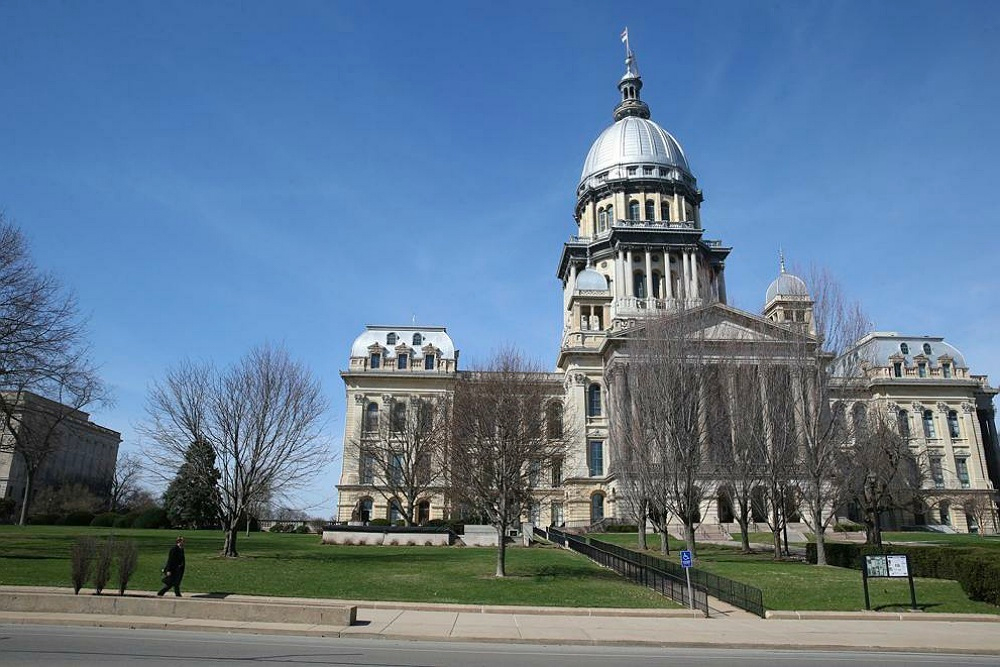
New OMA Law Creates Limited Exception to Physical Presence Requirement
Jun 15, 2020
Share to:
Written by Steven B. Adams and Catherine R. Locallo
As you may already know, SB 2135 amending the Open Meetings Act was signed into law on June 12, 2020 (P.A. 101-0640, the “Act”). The new Act is found here.
The Act is effective immediately, and any informal rules or practices your agency may have implemented in accordance with Executive Order 2020-07 must be revised to meet the new statutory requirements.
Article 15 of the Act creates new OMA subsection 7(e), which permits meetings without the physical presence of a quorum, when the following specific conditions are met:
- A disaster declaration by the Governor (or the Director of the Illinois Department of Public Health) relating to public health concerns must be in place for at least a portion of the public body’s jurisdiction.
- The head of the public body must make a determination before the meeting that an in-person meeting is not practical or prudent because of a disaster.
- At least one member of the public body, chief legal counsel or chief administrative officer must be physically present at the regular meeting location, unless unfeasible due to the disaster, including the issued declaration.
- If physical presence at the regular meeting location is not feasible due to the disaster, the public body must make alternative arrangements and provide notice of such alternative arrangements, in a manner that allows the public to access and contemporaneously hear all discussion, testimony, and roll call votes, such as by offering a telephone number or a web-based link.
- All members of the public body and the public participating in the meeting, wherever their physical location, shall be verified and must be able hear one another and all discussion and testimony. All participating members of the public body, whether physically or virtually present, count towards the quorum.
- All votes must be by roll call.
- For any meeting held under new OMA subsection 7(e), 48 hours’ advance notice must be given to all members of the public body, posted on the website, and provided to any news media that has requested notice, per OMA Section 2.02.
- Specific rules apply for notice and conduct of an emergency meeting, including the requirement that the presiding officer state the nature of the emergency at the beginning of the meeting.
- The public body must keep a verbatim record (audio or video) of all meetings (open or closed) held under the new OMA subsection 7(e).
The generic “suspension of physical presence requirement” contained in Executive Order 2020-07 is no longer applicable, and is replaced by the new legal requirements set forth above.
Contact your Robbins Schwartz attorney for assistance with legally compliant notices, agendas, policies and best practices for conducting meetings under the new law.
